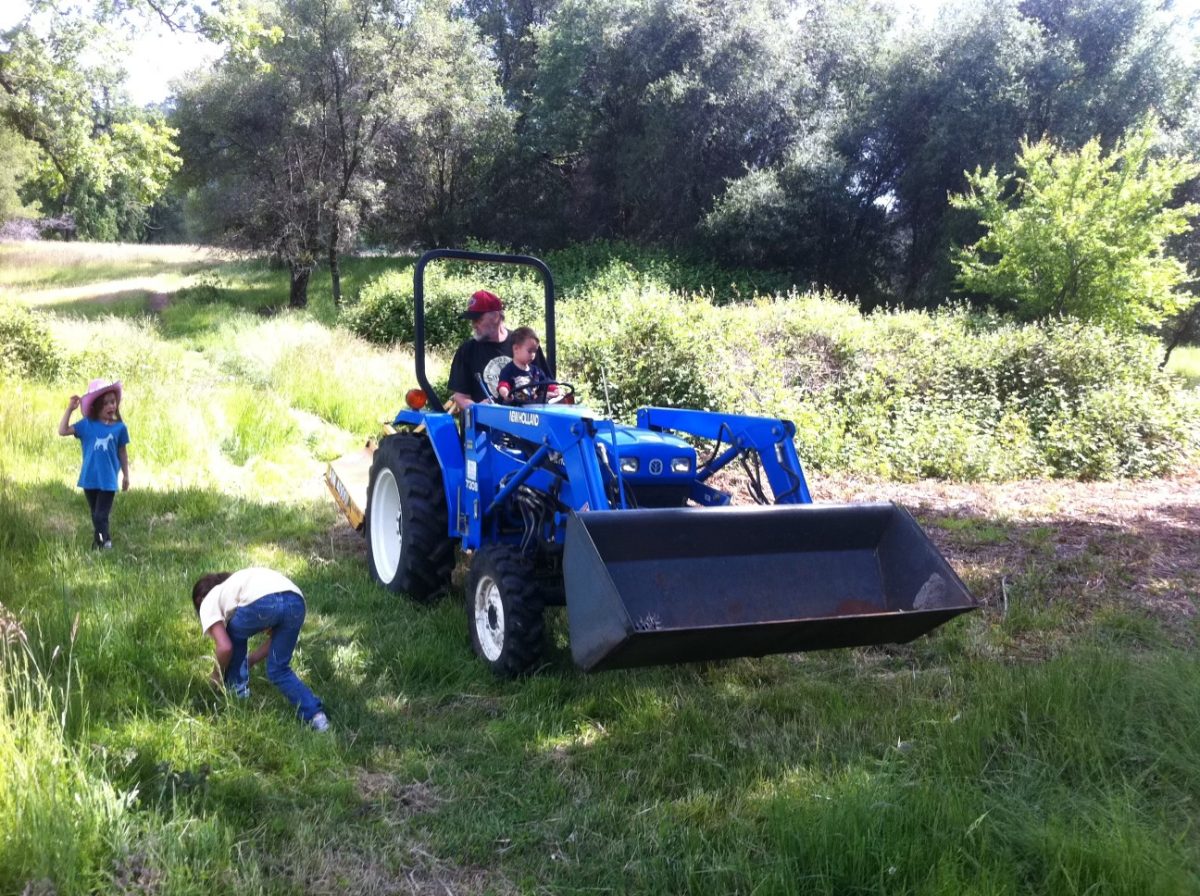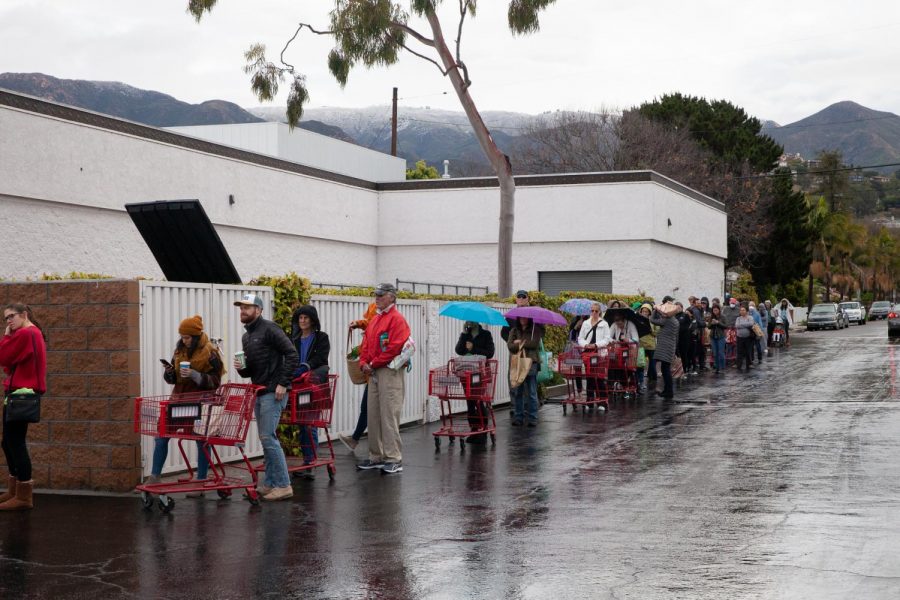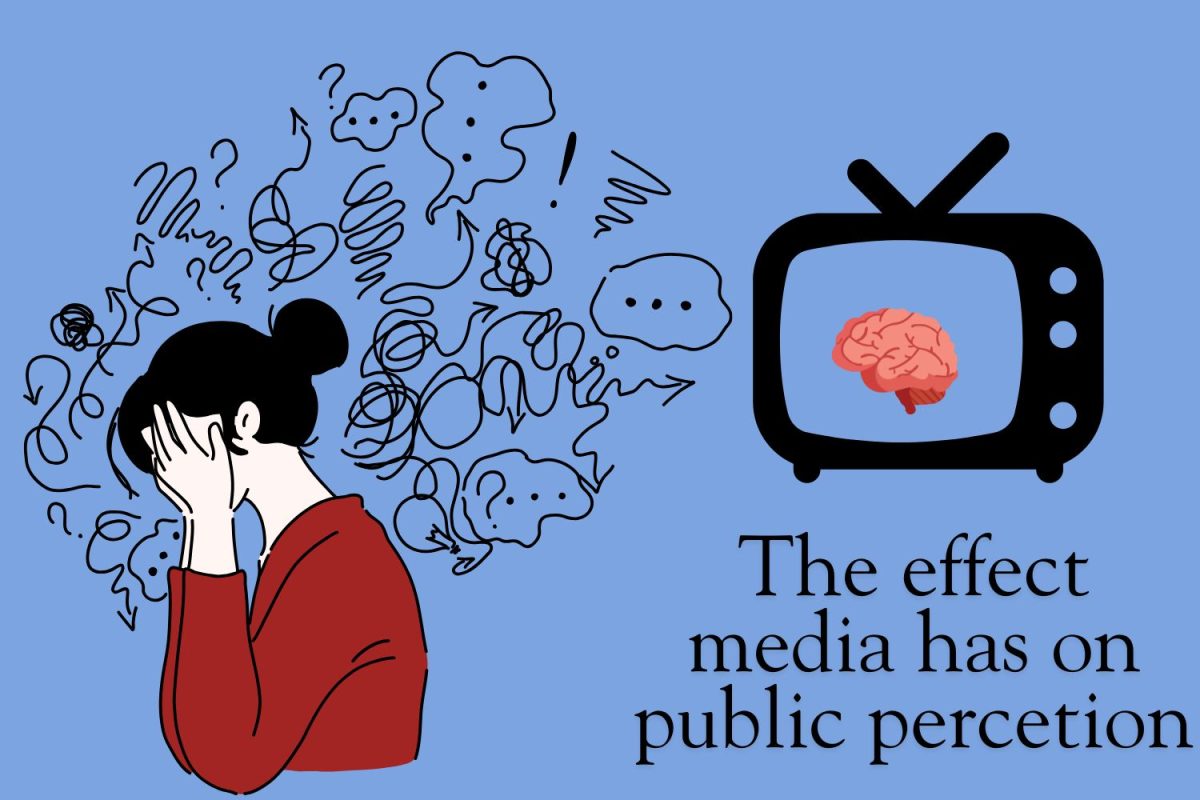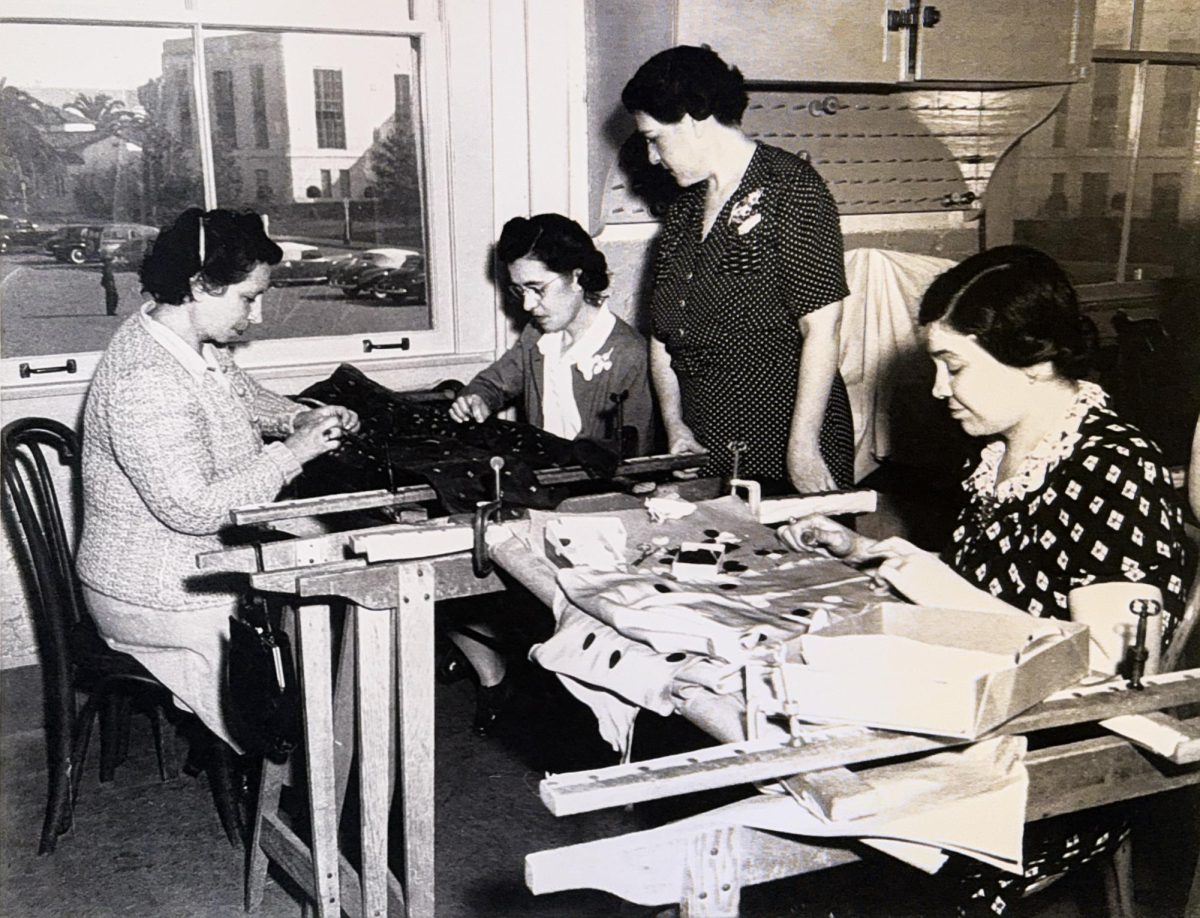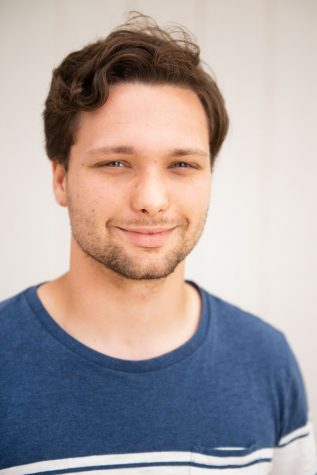
Americans are forced to examine the number of people killed by police in the U.S. annually following the killing of Atatiana Jefferson by a police officer Saturday morning.
Every year, deaths like Jefferson’s spark outrage and protests yet they continue to occur.
With the epidemic of deaths at the hands of law enforcement unparalleled in the developed world, the United States must look to other countries for potential solutions.
Jefferson, 28, was in her room playing video games with her eight-year-old nephew when she heard rustling and saw flashlights outside her home. A concerned neighbor had made a non-emergency call to the police to investigate Jefferson’s door, which was ajar.
The officer who responded, Aaron Dean, approached the window without announcing his presence and yelled for Jefferson to put her hands up before firing his weapon, striking her through the window. The incident was captured on the policeman’s body-camera.
This tragedy is the latest in a long line of apparently unprovoked killings by American law enforcement, many of them involving white officers and minority civilians.
According to the British newspaper The Guardian, there were 59 fatal police shootings in the first 24 days of 2015 in the U.S. In England and Wales combined, there have been 55 fatal police shootings in the 24 years before that.
In Australia, five people were shot and killed by police officers from 2016-17.
In contrast, the Washington Post has counted 717 fatal police shootings in the United States so far in 2019, as of Thursday night. Of the 507 cases where the race of the person killed was confirmed, 293 of those who died were minorities. In 51 cases, the victim was either unarmed or carrying a toy weapon.
So if other countries can keep their fatalities in the single and double digits, what is America doing wrong?
The large, diverse, population also allows issues like racism to manifest themselves in ways that they would not in smaller, more uniform countries.
More solvable problems that have been debated include the training and selection of police officers.
Becoming a police officer in Finland, Norway, or Iceland requires two or three years of training, compared to an average of around nine months in the U.S.
Training could help de-escalate situations that do not necessarily need to end in violence and reduce lapses in the protocol such as failing to identify oneself as a police officer in the case of Atatiana Jefferson.
However, some experts believe that training is not an issue when it comes to unjustified killings. In an interview with The Atlantic, retired police chief Donald Grady II said, “In 36 years of policing, I cannot suggest to you a single training course that I could give someone that would change their thinking when it came to making a decision to shoot or not shoot when there is absolutely no threat to their person.”
Another potential fix involves changing the process for hiring new officers. A focus on hiring people with a bachelor’s degree could make the police force more thoughtful and mature, and psychologists could screen out overly combative applicants.
“I can teach you to be appropriately assertive. What I can’t do is pull unreasonably aggressive tendencies out of a person,” Grady said.
The biggest issue that sets the United States apart from other developed countries is the prevalence of firearms. The U.S. is the only country in the world where there are more guns in the hands of civilians than there are civilians.
When a police officer in England (4.6 firearms for every 100 people) enters a stressful situation, he or she is likely much less worried about being shot than an American officer (120.5 firearms for every 100 people). This leads to more measured, well-thought-out actions.
In America, any routine disturbance could involve a criminal with a firearm; so police need to be alert and on edge to protect their own lives and the lives of civilians. This heightened state of stress leads to split-second decisions, which in turn can lead to subconscious bias playing a role in decision making.
Australia, The United Kingdom, and Scandinavian countries all have gun control laws that are more strict than those found in the U.S., and following their lead could be an important step towards reducing the number of tragedies caused by the use of lethal force by American law-enforcement.



